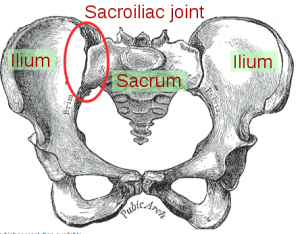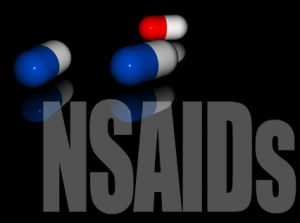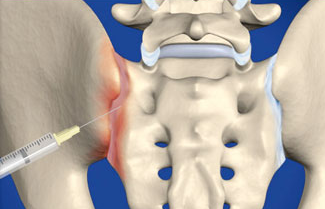The human body has two sacroiliac joints, which are located below the lumbar spine where in the sacrum meets up with the pelvis on both the right and left sides. According to numerous studies, the sacroiliac joint pain is the cause of low back pain approximately 12 to 25% of the time.
The joints have a cartilage surface similar to those other joints in the body including shoulder, the hip or the knee. Only approximately 2 to 6 mm of motion in any one direction is seen with the SI joints, just enough to produce pain when arthritis is present.
Nonsurgical treatment for the sacroiliac joint is often times very effective. Surgery for the joint Includes a fusion, but there’s not a lot of research to back up fusion outcomes and the track record is pretty short for the existing studies.
When an Arizona injury doctor concludes that the sacroiliac joint is the pain generator for a patient, initial treatment should consist of over-the-counter medications including anti-inflammatories and Tylenol. These may be very effective and mild to moderate pain situation.
These may keep pain under control and allow a person to become much more active and not be consumed with dealing with the pain.
Physical therapy and chiropractic manipulations can help reduce pain as well. Despite the fact that there’s not much movement in the SI joint, a chiropractic manipulation can help along with stretching and strengthening of the muscles around the arthritic joint.  Additionally, treatments such as ultrasound, electrical stimulation, ice and heat may provide symptomatic relief.
Additionally, treatments such as ultrasound, electrical stimulation, ice and heat may provide symptomatic relief.
Acupuncture with an Arizona workers compensation doctor may also help get individuals back to work if the SI joint pain has been flared up with a work injury.
TENS units are used often on and off during the day and may alter the way a person’s brain perceives pain signals. This may relieve pain and decrease the amount of narcotics necessary to provide pain relief.
Injections for SI joint pain relief are performed by Arizona workmans comp pain doctors typically with the use of either ultrasound or fluoroscopy. The injections are done into the joint itself similar to an injection for hip or knee arthritis.
The SI joint is a slightly longer and irregular type of joint, so it may be necessary to place the numbing and steroid medication at a couple different areas.
An additional type of injection for pain relief of the SI joint is performed in the area just outside the joint capsule, which is termed a lateral branch block. This injection can numb up the tiny little nerve endings that are supplying sensation to the joint and provide pain relief for months at a time.
Proper SI joint pain relief can be achieved with these various treatments. Seeing that surgery is not a tried and true option for SI joint pain, then nonsurgical pain management is the go-to method that people should stick with.






Leave A Comment